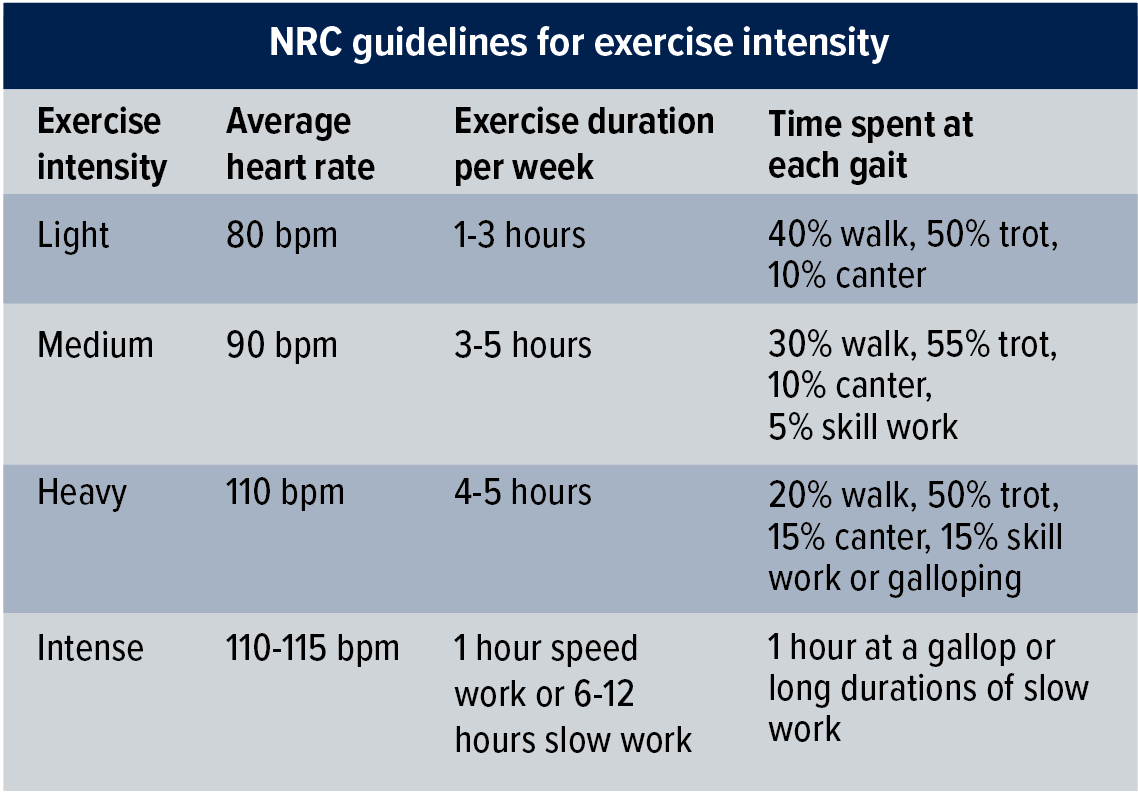Home > Horse Care > Yet another benefit of turnout
Yet another benefit of turnout
- July 25, 2025
- ⎯ Christine Barakat
New research from Middle Tennessee State University (MTSU) suggests that regular turnout can help horses ease back to fitness after a layup.

Regular turnout can help horses ease back to fitness after a layup. (Getty Images)
The MTSU study was grounded in practical concerns, says Jenelle Stellmack, BS, MS. “The inspiration was the safety and well-being of our school horses as they get brought back into ridden work after our annual summer break,” explains Stellmack, who headed the research as part of her master’s thesis work. “There wasn’t a history of injuries to the school horses following any breaks, but confirming fitness in relation to the prevention of injuries is a top priority for us.”
The study
The study focused on 12 mature horses ridden four to five times a week during the school year. During the three-month summer break, the horses were evenly divided into two groups. Six (referred to as “conditioned” horses) had a light riding schedule, while the other six (“non-conditioned” horses) were not ridden. At the end of the summer break, all the horses resumed a moderate exercise program.
On the day before the horses resumed work and again 14 and 28 days later, the researchers documented each horse’s resting and peak heart rates, body condition score, topline muscle measurements, and gaskin and forearm circumference.
The findings
They found slightly greater muscle mass on the toplines of the horses ridden over the summer. But there was no statistically significant difference in the peak and resting heart rates between the conditioned and non-conditioned groups as they eased back into the semester’s riding routine. “The conditioned group did not show a greater increase in fitness over the four-week study period,” says Stellmack.

National Research council (2007)
Turnout likely helped the unridden horses maintain some fitness over the break, says Stellmack. “Part of what’s exciting about these results is that non-conditioned horses on pasture during the summer seemed to return to work and acclimate to work in a similar fashion to that of horses that were ridden a few times a week during the summer and maintained on pasture.”
Gradual resumption of work
She adds that a gradual resumption of work was essential to avoiding stress and an increased risk of injury for the “non-conditioned” horses. “The horses in our study are in light to moderate work at any given time, as described by the National Research Council in 2007 (see table). The results could change if the horses were subject to more intense exercise,” she says. “However, horses should be appropriately reintroduced into work, no matter the goal of the exercise over time.”
Reference: “Physiological comparison of conditioned and non-conditioned university horses following semester break,” Journal of Equine Veterinary Science, September 2024





